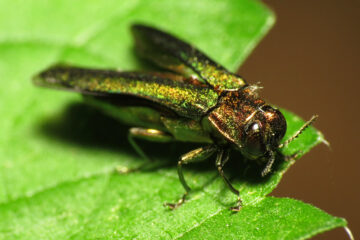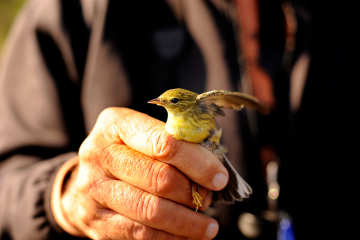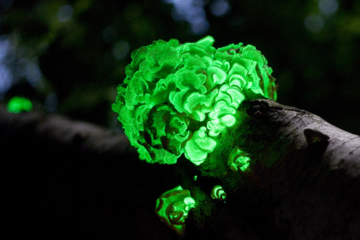On your morning walk or even in your house or apartment, you’ve probably passed by an ash tree without realizing it. Ash trees are a native species of North America that are commonly used to provide shade, make furniture, and enhance backdrops due to their attractive appearance. Not too long ago, ash trees could be seen in every meadow, backyard, and corner. However, since the emerald ash borer was first identified in North America around 2002, ash tree populations have drastically declined. To help preserve this essential species, people must be aware of what an ash borer looks like, the signs of infestation, and its impact on other species.
Ash trees have been growing on North American soil for millions of years, adapting to various conditions across the continent. Yet, one beetle is leading to the complete extinction of the species. The bright metallic green of an adult ash borer may seem beautiful to most people, but it’s one of the most destructive invasive insects to be introduced to North America. Their distinctive color, slender body, and black eyes make ash borers easy to spot. However, unlike full-grown ash borers, larvae usually are creamy white with large mandibles and segmented bodies. Once the larvae mature, they will reach about a half inch in length and an eighth inch wide. Most beetle species tend to be broader once completely mature, but adult ash borers remain thin. Since emerald ash borers are so distinctive, they can be easily recognized anywhere.
Even though ash borers look pretty, they can easily kill an ash tree in a year or even less. To start the process, female ash borers will lay their eggs on an ash tree shortly after emerging from the tree. After a couple of weeks, the larvae will hatch and begin tunneling into the tree, feeding on the phloem (tissue responsible for transporting materials and water throughout a vascular plant). Their distinctive S-shaped tunnels, also known as galleries, disrupt the vascular system, killing the tree. Next, the larvae will remain in the tree for the winter and emerge in the spring, repeating the cycle. Typically, in their native land, Asia, ash borers attack weak and dying trees. However, since trees in North America have not evolved any defenses against the beetle, they can attack healthy and dying trees alike. When walking or in your backyard, common signs to look out for include canopy dieback, D-shaped exit holes, and splitting bark.
Ash borers have a huge impact on ash tree populations, but they can also affect other species in the same way. For example, many native moth and butterfly species use ash trees as a host for laying their eggs, but since the decline of these trees, some insects have been struggling to reproduce. The Great Ash Sphinx Moth, in particular, has become scarce in many parts of the Northwest, where it was previously abundant. They can still be found in some regions, but it is believed they have been extirpated from most places. Furthermore, in England (where ash trees were also plentiful), the brown hairstreak butterfly, which is already rare, is declining even faster because they relies on ash trees for mating grounds. Emerald ash borers don’t just affect ash trees, but they also affect other species that are essential for the environment as well.
Even though the emerald ash borer has taken a toll on ash tree populations, there are ways to protect them now. The insecticide emamectin benzoate can help protect ash trees from the ash borer. It’s injected into the trunk of the tree, where it travels to the leaves. Emamectin benzoate can kill adult ash borers in leaves for two years and stay in the trunk for three years. Although this does require regular injections of insecticide, the cost of removing or replacing a dead ash tree could be far more costly. Ash trees can also hold sentimental value, such as serving as resting places, making them special. Regular insecticide injections may seem like a hassle and a waste of money, but they may save more money and memories in the end.
In summary, this rapid decrease in ash trees across the country affects the ecosystems in which they grow. Learning how to protect your ash trees could benefit you by saving you money overall and giving you more diversity with wildlife to enjoy. Similar to other invasive species like lanternflies, if the emerald ash borer were common knowledge, then ash trees could be protected, and many other species could be saved, too.
Organizations To Volunteer For:
The Nature Conservancy: Volunteer with The Nature Conservancy In-Person & Virtual
USDA Forest Service: Volunteers | US Forest Service
American Conservation Experience: American Conservation Experience (ACE) – Environmental Service Corps



